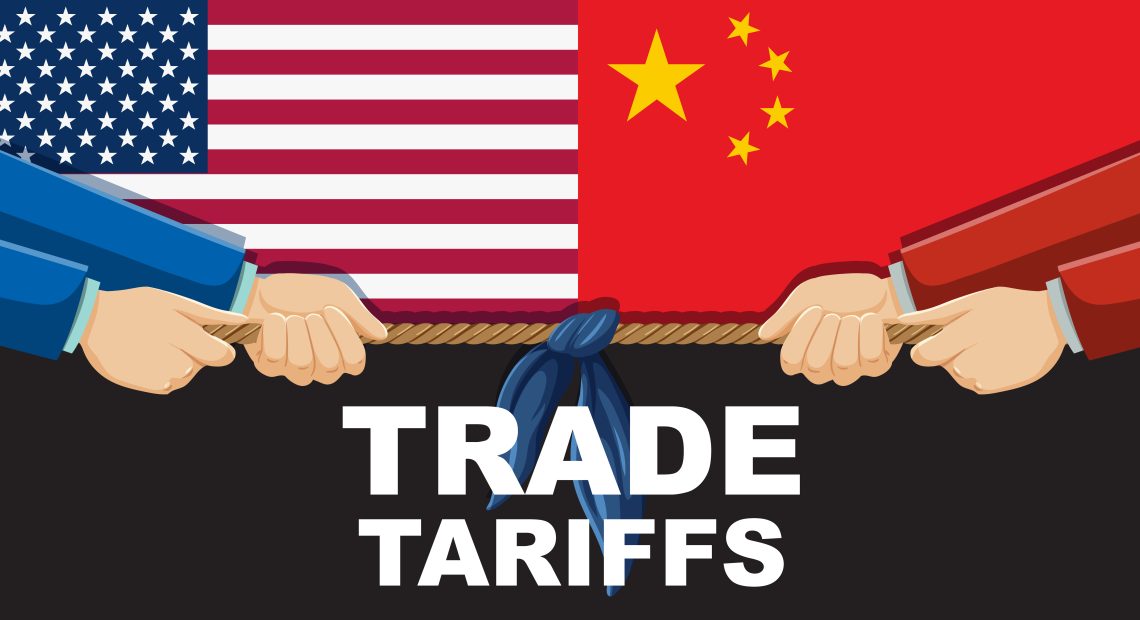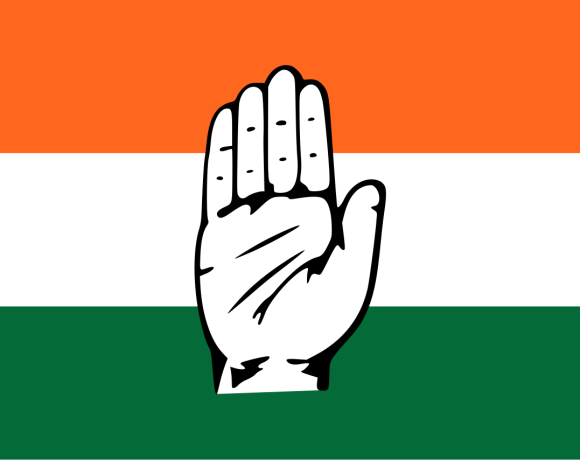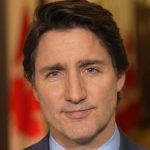
Trump’s Tariff War Just Bled The US Banks Dry
The Federal Reserve just quietly injected $125 billion into the veins of the American banking system in a matter of five days. That’s right—while President Donald Trump boasts about reviving American industry and making “America First” great again, the nation’s central bank was busy running a silent rescue operation to prevent a liquidity crisis. It’s the kind of bailout Washington won’t brag about, because it shatters the illusion of economic invincibility. What was sold as a policy to punish China has ended up punishing Wall Street’s plumbing.
Tariffs are supposed to protect domestic industry, not dry up its financial bloodstream. But Trump’s fiscal nationalism operates like a cash vacuum. Every tariff dollar paid at US ports flows straight into the Treasury General Account, effectively removing liquidity from the banking system. Pair that with the administration’s record-breaking spending on defense, infrastructure, and corporate subsidies, and you have a double drain: tariffs siphon liquidity out, deficits lock what’s left into Treasury bonds. The result is a banking sector starved of cash—exactly the kind of pressure that forced the Fed to step in quietly last week.
The Standing Repo Facility, the Fed’s go-to emergency tool, was opened wide. Nearly $29 billion was lent in one day, with a total of $125 billion in just five days. These aren’t routine transactions—they’re firehose-level interventions. The Fed won’t hold a press conference about it because this isn’t a policy victory; it’s a patch job. Powell’s Fed knows it can’t contradict Trump’s “strong economy” narrative publicly, but it also can’t let repo markets choke. So the bailout happens in silence, under the neon glow of the “strongest economy in the world.”
The irony is delicious and tragic. Trump’s “economic nationalism” depends on the very global liquidity networks he mocks. The tariffs that were supposed to humble Beijing are choking dollar supply chains worldwide. For all his tough talk on China, Trump’s fiscal brinkmanship has made America more dependent on the Federal Reserve’s midnight interventions than at any point since 2019. Back then, a similar repo market panic forced the Fed into stealth liquidity operations. Different year, same script—only this time the rhetoric is louder and the hole is deeper.
Meanwhile, inflation hasn’t gone anywhere. In fact, every hidden bailout undermines the Fed’s own tightening stance. Massive Treasury issuance, tariff-driven price hikes, and unplanned liquidity injections make inflation not just a domestic issue but a political time bomb. Foreign investors are already demanding higher yields to hold US debt, signaling dwindling confidence in Washington’s ability to balance fiscal fire with monetary restraint. Trump promised to make the dollar strong; now it’s the dollar that needs life support.
And as always, when the US sneezes, the rest of the world catches a cold. The Fed’s sudden flood of liquidity will send unpredictable ripples through emerging markets. Capital could surge in and out of Asia overnight, currencies could swing wildly, and inflation risks could rebound. India, among others, will feel the aftershocks as global investors react to yet another episode of Trump-era financial whiplash.
Trump wanted to drain the swamp. Instead, he drained the banks. The $125 billion lifeline to America’s own financial institutions isn’t a sign of strength—it’s a confession of fragility. The tariff war meant to protect American pride has ended up rescuing American panic. If this is what “economic patriotism” looks like, maybe the Fed should start printing flags along with dollars.


















